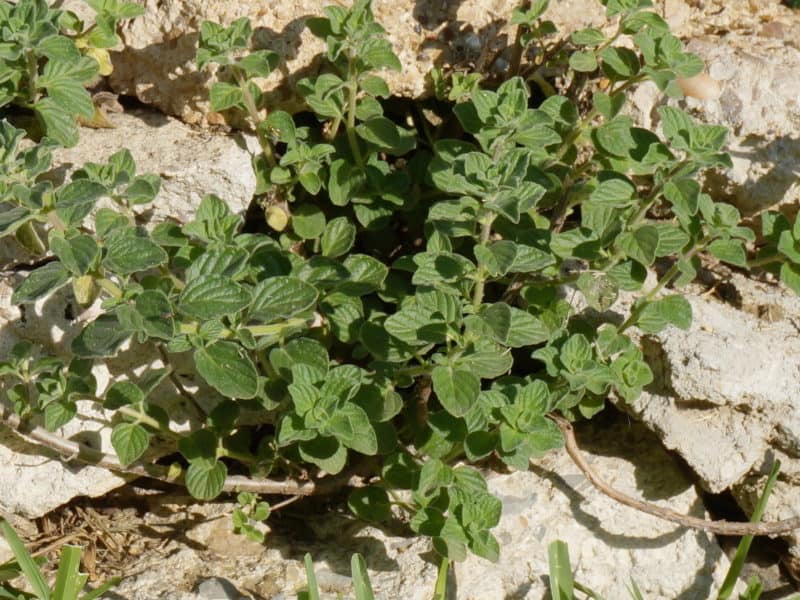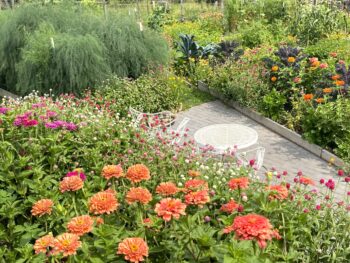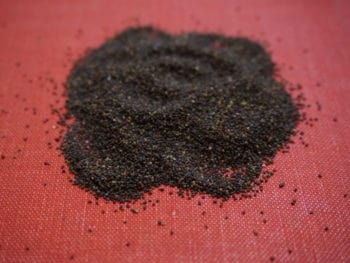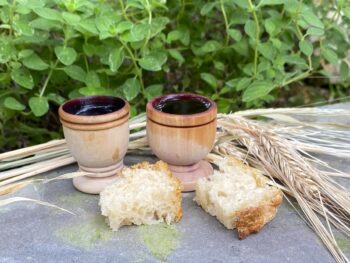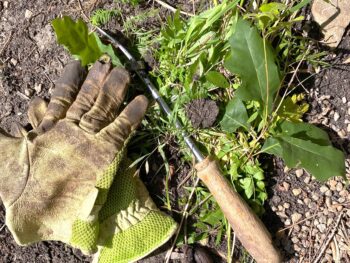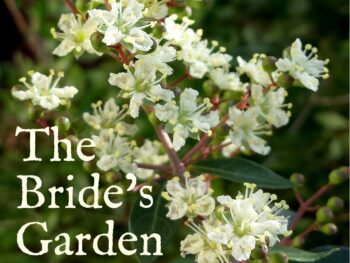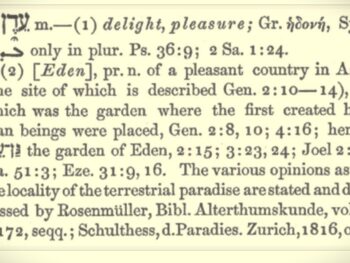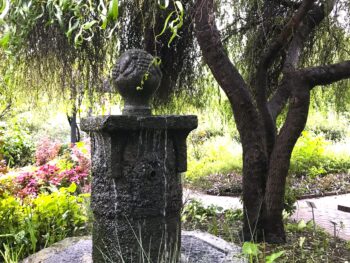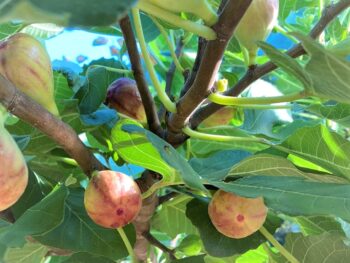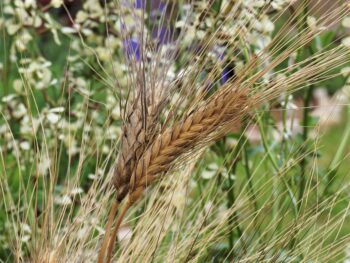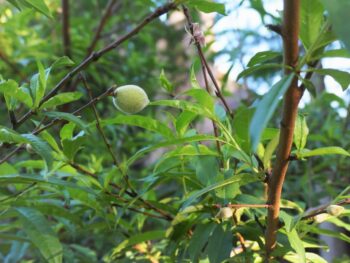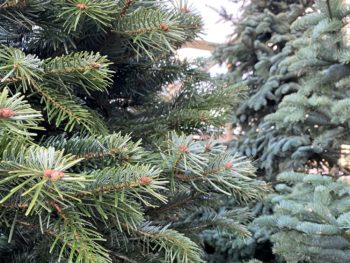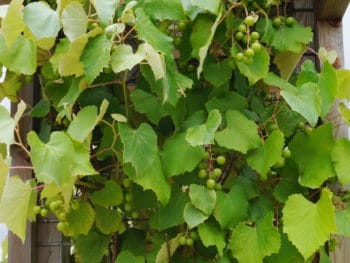He spoke about plant life, from the cedar of Lebanon to the hyssop that grows out of walls.
1 Kings 4:33 NIV
“From the cedar of Lebanon to the hyssop that grows out of walls,” describes the expanse of Solomon’s knowledge, implying that he knew a lot. Yet a gardener’s reading of these words, lingering in the horticulture of each of these plants, reveals a much deeper meaning—and such delight! As if discovering a secret garden. This phrase, describing Solomon, King David’s son, in turn reveals a breathtaking glimpse of Jesus, God’s Son.
…plain and simple: first Jesus and who he is; then Jesus and what he did…
1 Corinthians 2:2 The Message
The simple contrast of these two plant species offers a richly layered story, a testimony of who Jesus is and what he did. The cedar of Lebanon, a “one and only” tree in Scripture, grows upright, majestic and distinct in stature, resilient and enduring as lumber for construction of temples and palaces. These cedars flourished in a one-of-a-kind location, the cooler mountain heights of Lebanon to the north of the land promised to Abraham’s descendants. Such imagery and horticultural qualities portray Jesus in his glory, set on high as King, Lord Almighty and only One worthy.
The glory of Lebanon will come to you
Isaiah 60:13 NIV
Who is he, this King of glory? The Lord Almighty— he is the King of glory.
Psalm 24:10 NIV
Now plummet to the hyssop; from cedar treetops soaring nearly 100 feet tall, descend to the humble herb spilled out across the hot, arid common grounds of the Holy Land, sprawling at a lowly 18 inches or so. An herb from the mint family, hyssop is a hardy plant that grows without complaint in the most challenging of circumstances: intense, all-day sun with little water. Herbs have a forgiving culture, growing back easily when branches have been broken or removed, and no fussiness for fertilizer. This modest plant is mentioned in self-depleting, sinful, and brush-with-death moments across Scripture. It was waved over door frames for the angel of death to pass over Israelite households (Exodus 12:22-23), and used to cleanse those struck by skin diseases (Leviticus 14:1-8). These references were embodied in David’s humiliated cry:
Cleanse me with hyssop, and I will be clean; wash me, and I will be whiter than snow.
Psalm 51:7 NIV
Poignantly, when sin and death came to bear on Christ, hyssop was raised to his face, as he humbly endured his crucifixion, winning our forgiveness.
An unassuming phrase, yet so much more! The plants capture a garden-lovers attention and speak God’s magnificent story hidden in the horticulture. What sheer delight to find such a treasure! The cedar of Lebanon reminds us of Jesus, who he is: God’s Son, radiance of God’s glory, seated at the right hand of the Majesty in heaven. The hyssop reminds us of Jesus, what he did: descended low, into the depths of the earth to win our redemption, the forgiveness of sins.
I have planted hyssop next to a cedar tree in our garden (an Eastern red cedar, for neither the size of our yard, nor our climate or soils can support a cedar of Lebanon) and salvaged chunks of concrete to build a little wall, which a sprig of hyssop grew out of this summer. In a garden life, simple things are so exciting. Most will see a common garden bed, yet I rejoice to see my King Jesus: who he is and what he did, in the cedar and the hyssop that grows out of walls. O Lord, I am grateful to read the Bible like a gardener, so happy not to miss these moments!
Find hyssop in the NIV God’s Word for Gardeners Bible near Psalm 51 & as part of the Garden Work theme of Watering, page a-26
Find cedar of Lebanon in the NIV God’s Word for Gardeners Bible as part of the Garden Tour landscape, page a-17 & in “Choosing Kings,” Israel’s Horticultural Allegories, page 296
Learn more about growing these plants in your garden in the Plant Guide:
Cedar of Lebanon – gardenndelight.wpengine.com/plant-guide/cedar-lebanon/
Hyssop – gardenndelight.wpengine.com/plant-guide/hyssop/
Photo Credit: ©2014 Shelley S. Cramm Hyssop, Origanum syriacum, grows out of a wall (OK, edging made of salvaged concrete) in a Texas garden.

